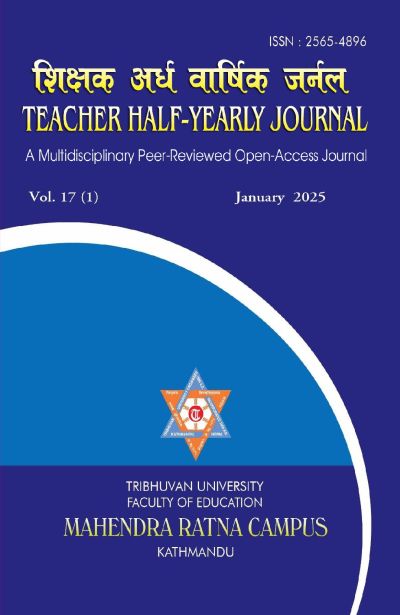Situation of Maternal and Child Health Service Utilization in Gandaki Province, Nepal
DOI:
https://doi.org/10.3126/thj.v17i1.77902Keywords:
Antenatal care, maternal health, Nepal, postnatal care, rural-urban disparitiesAbstract
Introduction: Gandaki Province, Nepal, presents unique challenges for maternal health due to its rugged terrain, limited healthcare infrastructure, and socio-cultural barriers. The study examines maternal health service utilization across urban and rural settings, highlighting disparities in antenatal care (ANC), postnatal care (PNC), and delivery services.
Methodology: With a purpose to find out the Maternal and Child Health Service Utilization for improvement of mother and child health in Gandaki province of Nepal, the cross-sectional study employs secondary data obtained from the Nepal Demographic and Health Survey 2022. A multi-stage sampling method yielded a representative sample of 1401 childbearing-aged women. A weighted sample was employed and subsequently analyzed through the use of SPSS.
The study examined maternal health service utilization, including ANC visits, institutional deliveries, and PNC, using univariate and multivariable logistic regression analyses.
Findings: Results reveal significant disparities between urban and rural areas. The analysis of childbearing-aged women in Gandaki Province, Nepal, reveals that 85.8% identify as Hindu, with Janajati women being the largest ethnic group at 36.6%. Health status shows that 56.7% of women rate their health as moderate, and a significant proportion resides in urban areas (71.0%). In terms of healthcare access, while the average number of antenatal care visits is similar in urban (2.0) and rural (2.0) settings, urban women have higher rates of postnatal checkups for both mothers (81.6%) and newborns (83.2%) compared to rural women (66.5% and 71.2%, respectively). Urban women are more likely to access four or more ANC visits, institutional deliveries, and timely PNC compared to rural women. Wealthier and more educated urban women have greater access to comprehensive maternal services. Rural areas face challenges such as limited healthcare facilities, reliance on home-based deliveries, and cultural barriers that hinder service utilization.
Conclusions and Implications: The study underscores the need for targeted interventions to address disparities in maternal health service utilization. Policy measures should focus on expanding healthcare infrastructure, increasing the availability of skilled personnel, and improving transportation in rural areas. Community-based health education and socio-economic support programs are crucial to bridging the gap in maternal health services. Implementing these strategies can lead to more equitable maternal health care and improved outcomes across different geographic and socio-economic contexts.




